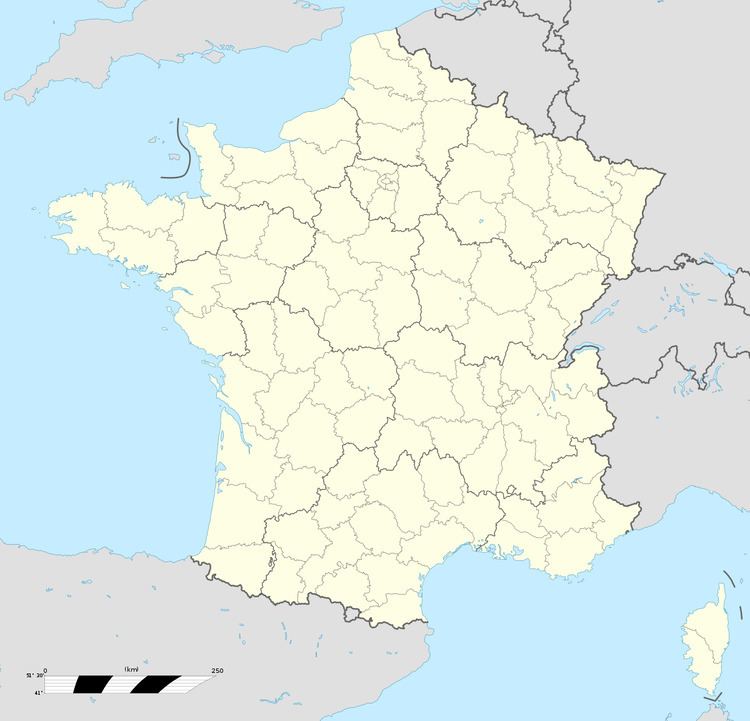Built by CORF | Open tothe public Yes In use Preserved | |
 | ||
Materials Concrete, steel, rock excavation Similar Ouvrage Rimplas, Ouvrage Gordolon, Ouvrage Flaut, Ouvrage Col de Garde, Ouvrage Col de Restefond | ||
Ouvrage Fressinéa, also known as Fraisinéa or Frassinéa is a lesser work (petit ouvrage) of the Maginot Line's Alpine extension, the Alpine Line. The ouvrage consists of one entry block, one infantry block and one observation block at an altitude of 482 metres (1,581 ft). It is associated with the gros ouvrage of Rimplas, the first Maginot fortification to be constructed anywhere. Fressinéa was built between November 1930 and April 1934, accommodating 30 soldiers under a lieutenant with two months of provisions. The initial contractor was Pioljeux. Construction was finished by Thorrand et Cie at a cost of 1.7 million francs.
Description
Fressinéa is located on the D2205 road along the Tinée river. The post controls movement along the road and valley towards Nice.
Fressinéa was held by the French Army until 1970, when it was sold to the commune of Rimplas. The fort is under the care of Les amis de l'ouvrage Maginot de la Frassiné. It is open to the public in spring, summer and fall months.
